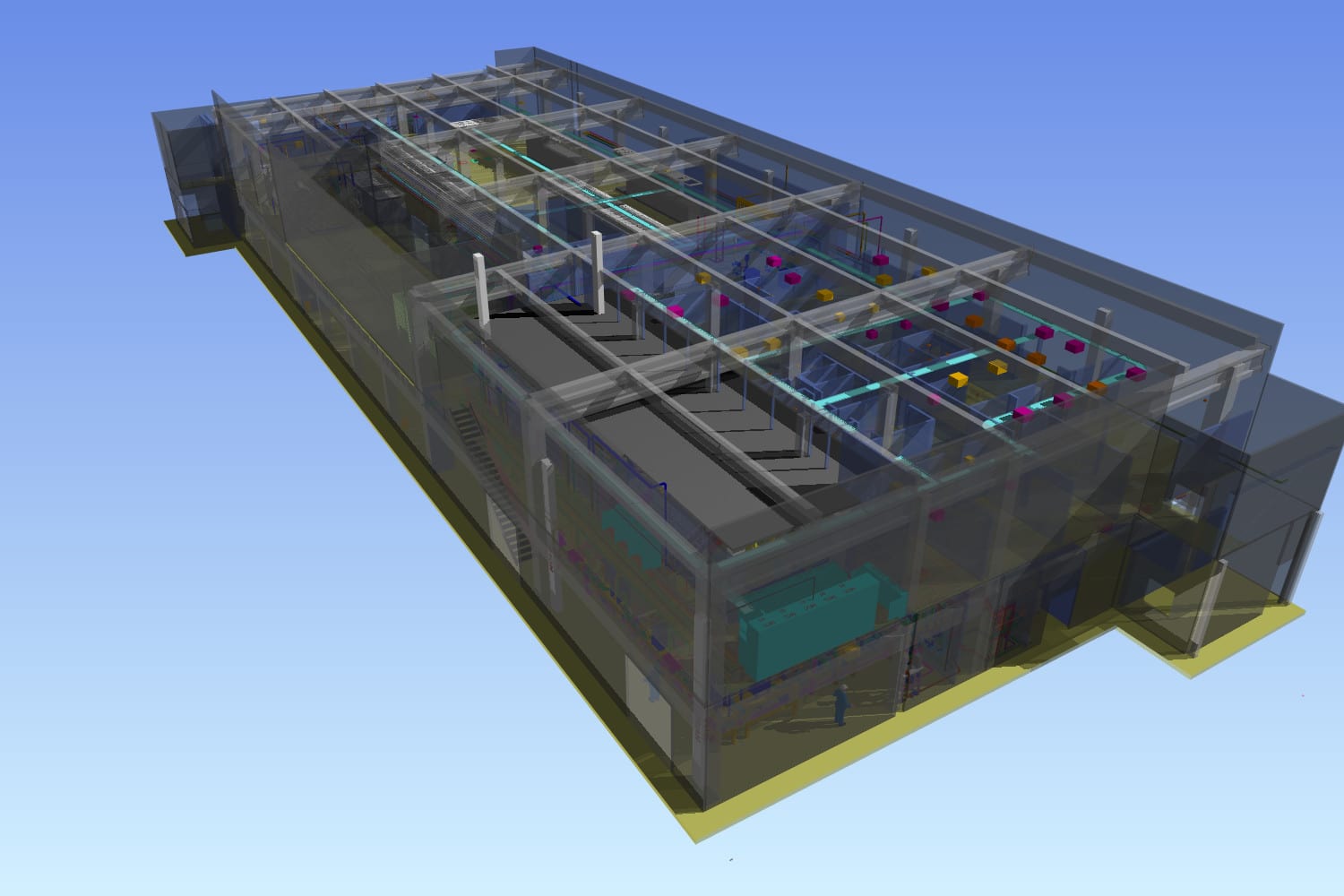
Point Cloud to BIM Services the Future of Building Design
The Benefits of Integrating Point Cloud Data into BIM Processes
In the dynamic realms of architecture and construction, the integration of cutting-edge technology has not only become essential but is also reshaping the future of building design. Point Cloud to Building Information Modeling (BIM) services stand at the forefront of this transformation, offering a plethora of benefits that enhance accuracy, efficiency, and innovation in building projects. These services utilize advanced scanning techniques to capture precise 3D data of existing structures, which can then be translated into highly detailed digital models. This process significantly reduces the margin for error, ensuring that every aspect of a building is meticulously documented and analyzed.
Point Cloud to BIM fosters seamless collaboration among architects, engineers, and construction teams by providing a shared platform that facilitates real-time updates and modifications. The integration of these technologies allows for more informed decision-making throughout the project lifecycle. Designers can explore various scenarios and optimize plans with greater confidence, ultimately leading to cost savings and improved sustainability outcomes. As urban environments grow increasingly complex, embracing Point Cloud to BIM services is not just an option but a necessity for those aiming to remain competitive in the industry. By adopting this innovative approach, stakeholders are better equipped to address challenges head-on while pushing the boundaries of what is possible in modern construction projects.
Understanding Point Cloud to BIM
Point Cloud to BIM involves the process of using 3D laser scanning technology to capture a digital measurement of a physical space or site. This technology produces a point cloud, which is then used to generate precise 3D models in BIM software. These models accurately reflect the as-built environment, serving as a reliable base for design, analysis, and management. Implementing Point Cloud to BIM offers numerous advantages that can significantly enhance project efficiency and accuracy. By using 3D laser scanning, you ensure that every detail of the physical space is captured with remarkable precision, minimizing the risk of errors common in manual measurements.
This level of accuracy is invaluable for architects and engineers who rely on detailed data to make informed decisions during the design phase. These 3D models facilitate better communication among stakeholders by providing a clear visual representation of the current state of a structure. As changes occur throughout a project’s lifecycle, updates can be seamlessly integrated into the model, ensuring all parties have access to up-to-date information. Additionally, Point Cloud to BIM technology supports effective facility management post-construction by maintaining an accurate digital record. This allows for efficient planning and execution of maintenance tasks or future renovations. Overall, embracing this technology not only streamlines workflows but also enhances collaboration and decision-making processes across all stages of a project’s lifespan.
The Accuracy of Point Cloud Data
The precision of point cloud data is unparalleled when compared to traditional surveying methods. It captures comprehensive details of a site, including complex geometries and irregular shapes, which are crucial for: accurate analysis and planning. With point cloud data, engineers and architects can create highly detailed 3D models that enhance the visualization of a project, allowing for more informed decision-making. This technology not only improves efficiency by reducing the time needed for data collection but also minimizes human error, ensuring that every aspect of the site is thoroughly documented.
Point cloud data facilitates better collaboration among project teams. By having access to precise digital representations, all stakeholders can easily share insights and updates in real-time, streamlining communication and coordination across different disciplines. This leads to a more cohesive approach to problem-solving and project execution. In an industry where precision is paramount, adopting point cloud technology translates into significant cost savings over time. By mitigating risks associated with inaccuracies in traditional surveying methods, projects are more likely to stay on schedule and within budget constraints. Embracing this innovative solution positions organizations at the forefront of technological advancement in their field.
– Architectural Design: Enhancing the detailing and accuracy of architectural models.
– Structural Analysis: Providing a robust basis for structural evaluations and modifications.
– Facility Management: Assisting in the efficient operation and maintenance of buildings.
Advantages of Point Cloud to BIM Services
Enhanced Visualization: Architects can visualize intricate design elements more clearly, allowing for more creative and informed design decisions.
Structural Integrity Assessment: Engineers use detailed models to assess and ensure the structural integrity of buildings.
Accurate Construction Planning: Contractors leverage these detailed models to plan construction phases meticulously, reducing the scope for errors and revisions.
Improved Project Planning
Point Cloud to BIM significantly refines project planning through:
– Quantity Take-offs: Automated and accurate extraction of quantities from models.
– Cost Estimations: More precise cost forecasting based on detailed model data.
– Scheduling: Efficient project scheduling enabled by detailed insights into the project scope and requirements.
Renovation Projects
For renovation or retrofit projects, Point Cloud to BIM is particularly beneficial in:
– Accurate Design Integration: Seamlessly integrating new designs with existing structures.
– Identification of Structural Issues: Early detection of potential structural challenges.
– Efficient Space Planning: Optimizing the use of available space based on accurate, detailed scans.
Sustainability and Efficiency
Sustainable construction practices are crucial in today’s building industry. Point Cloud to BIM supports these practices by:
– Optimized Material Usage: Ensuring materials are precisely calculated, reducing over-ordering and waste.
– Minimized Waste: Improved accuracy leads to reduced construction waste, promoting more sustainable building practices.
Conclusion
The future of building design is being significantly shaped by technologies like Point Cloud to BIM. Its ability to provide precise, efficient, and innovative solutions positions it as an integral tool in not only meeting but exceeding the modern demands of architecture and construction. As the industry continues to evolve, Point Cloud to BIM services are not just a possibility—they are a necessity, steering the future towards more sustainable, efficient, and higher-quality building designs.
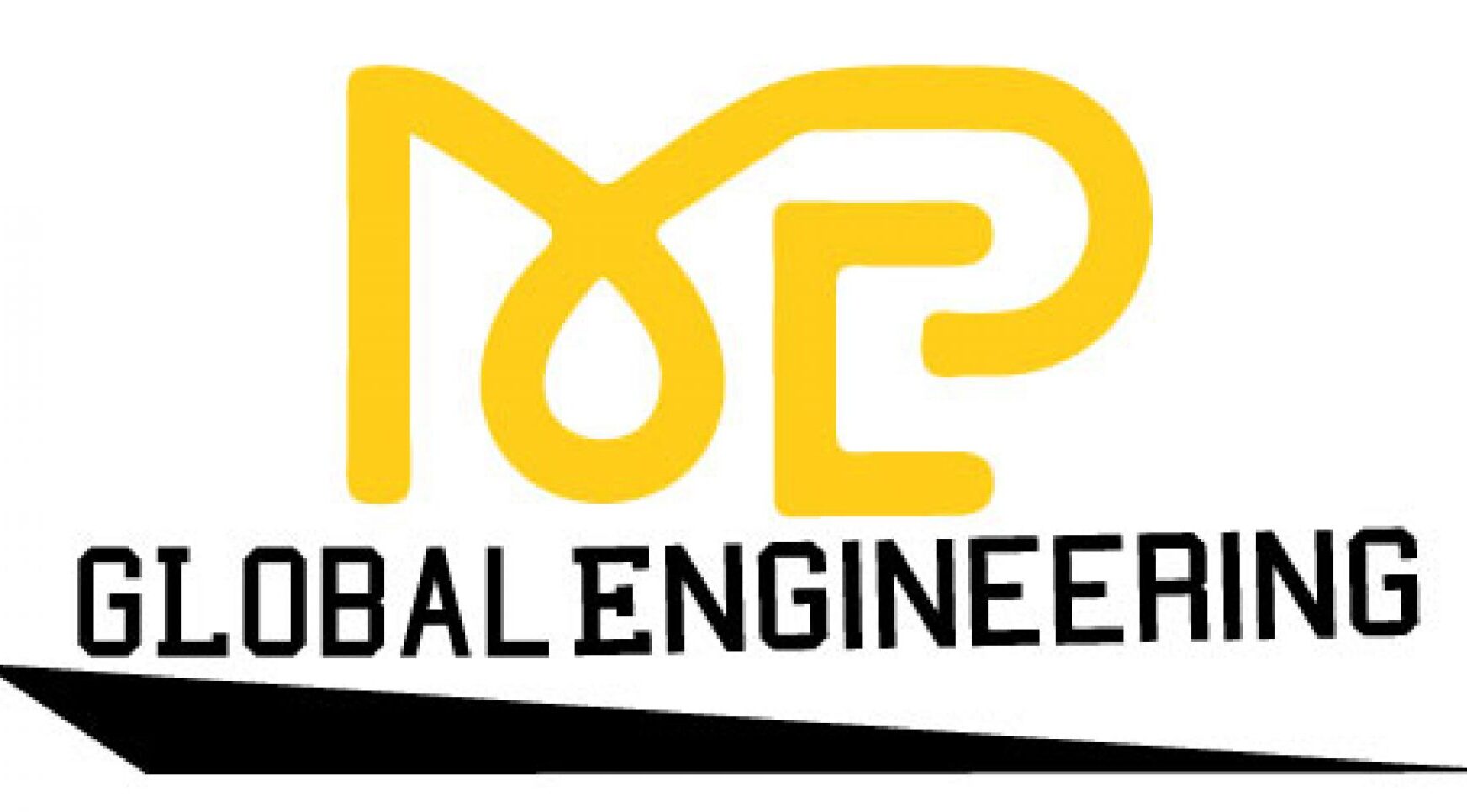
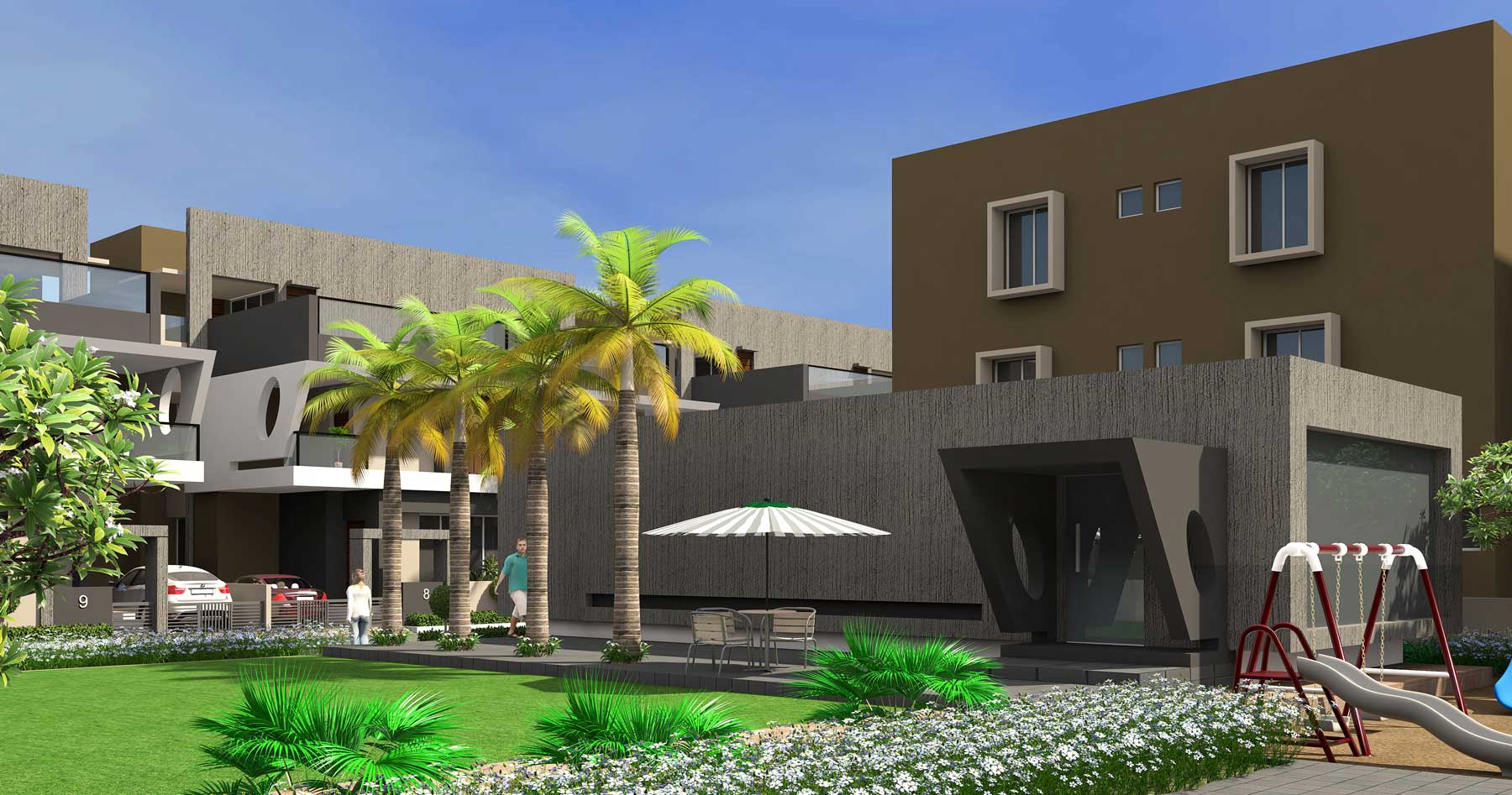
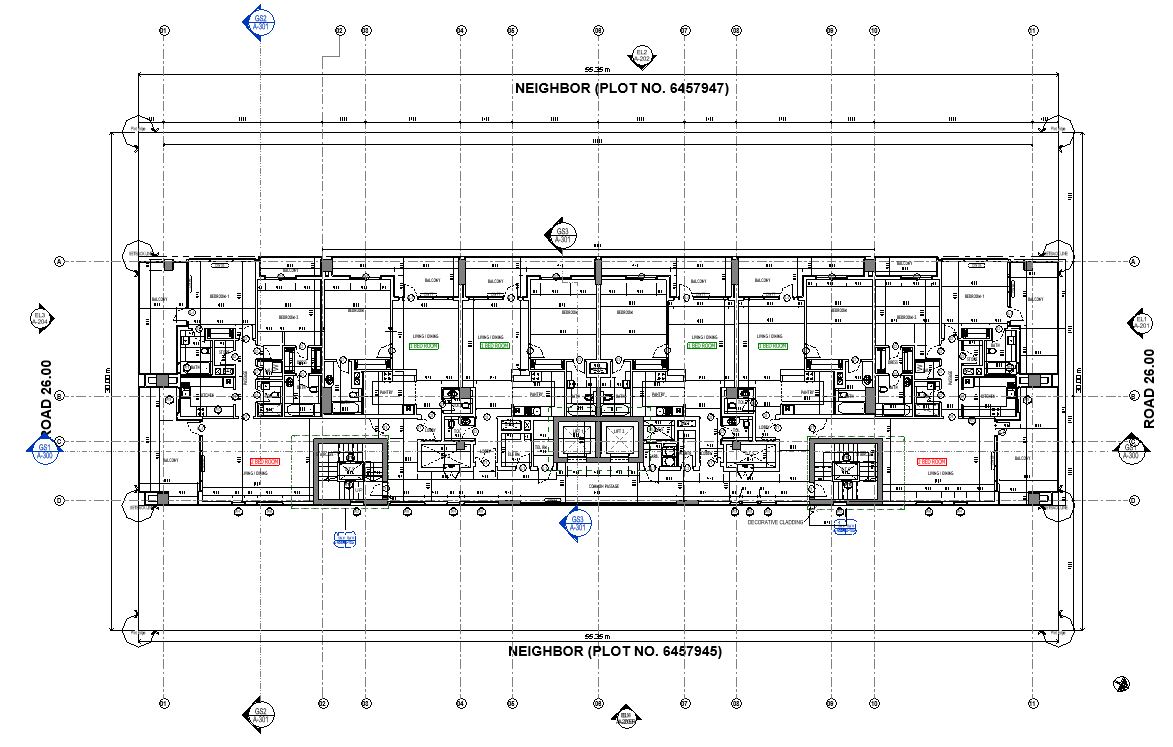
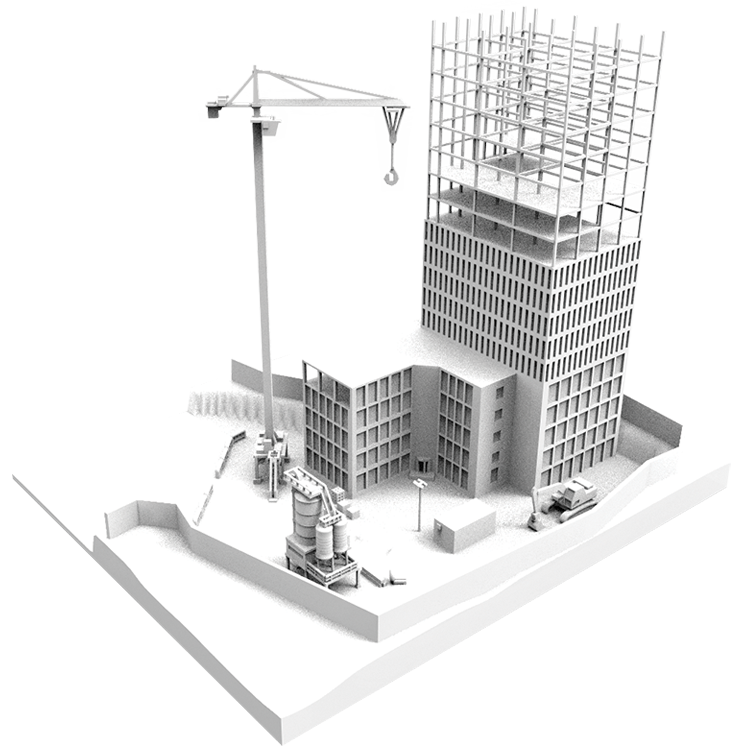
The Role of BIM in Architecture, Engineering, Construction
[…] Construction: Actual building process where designs are turned into physical […]